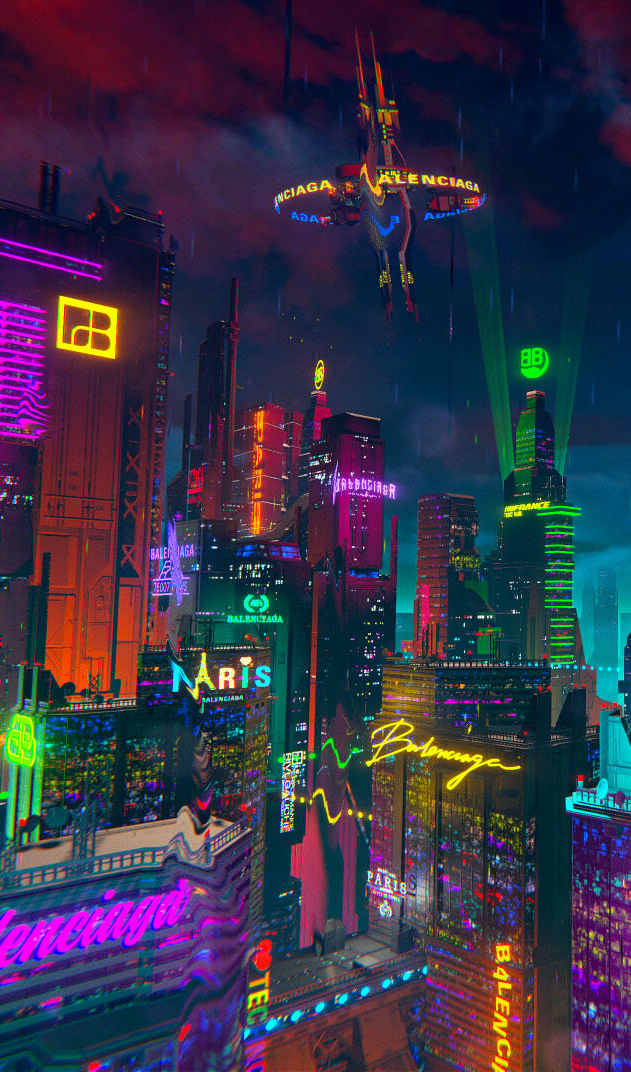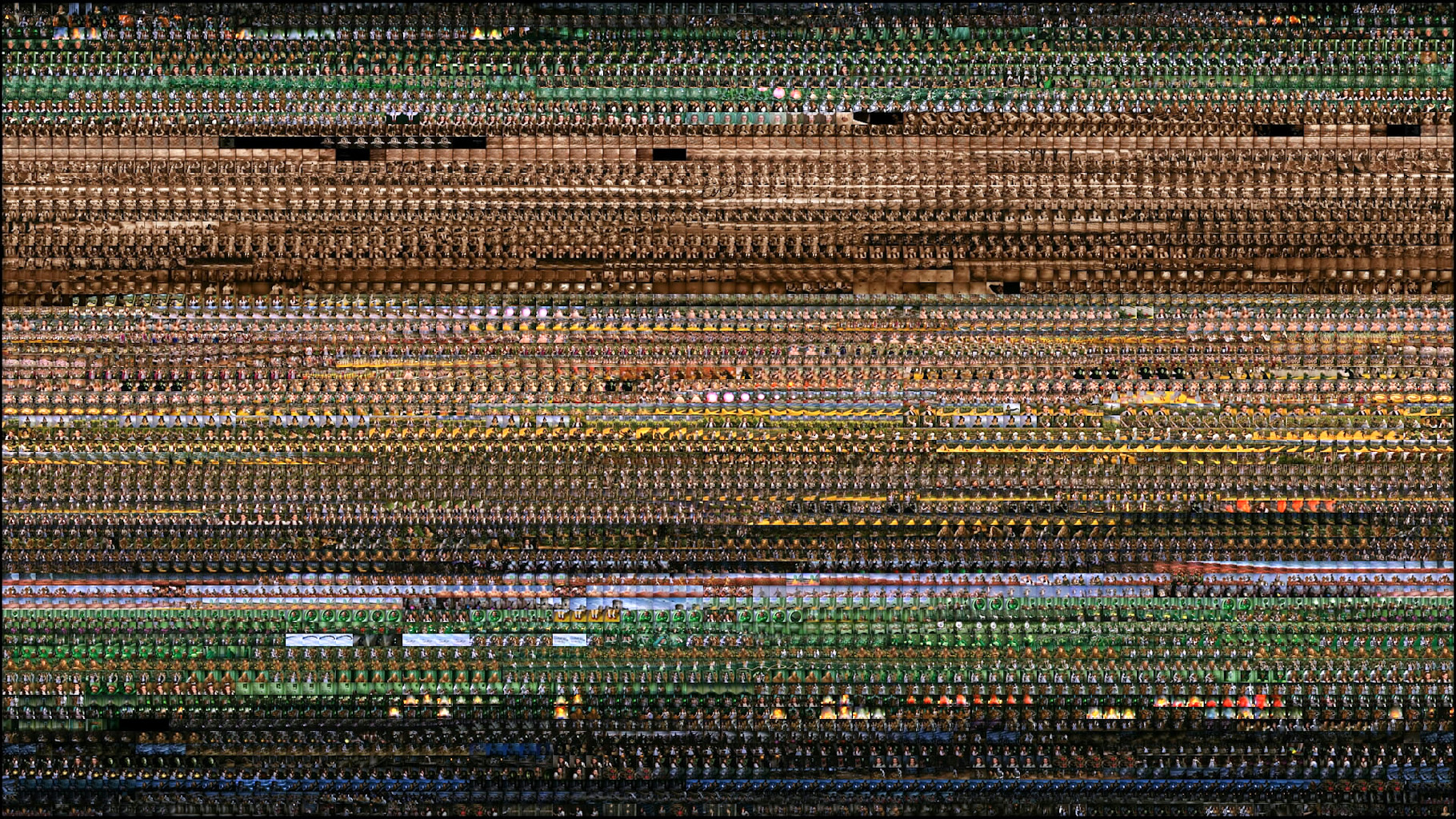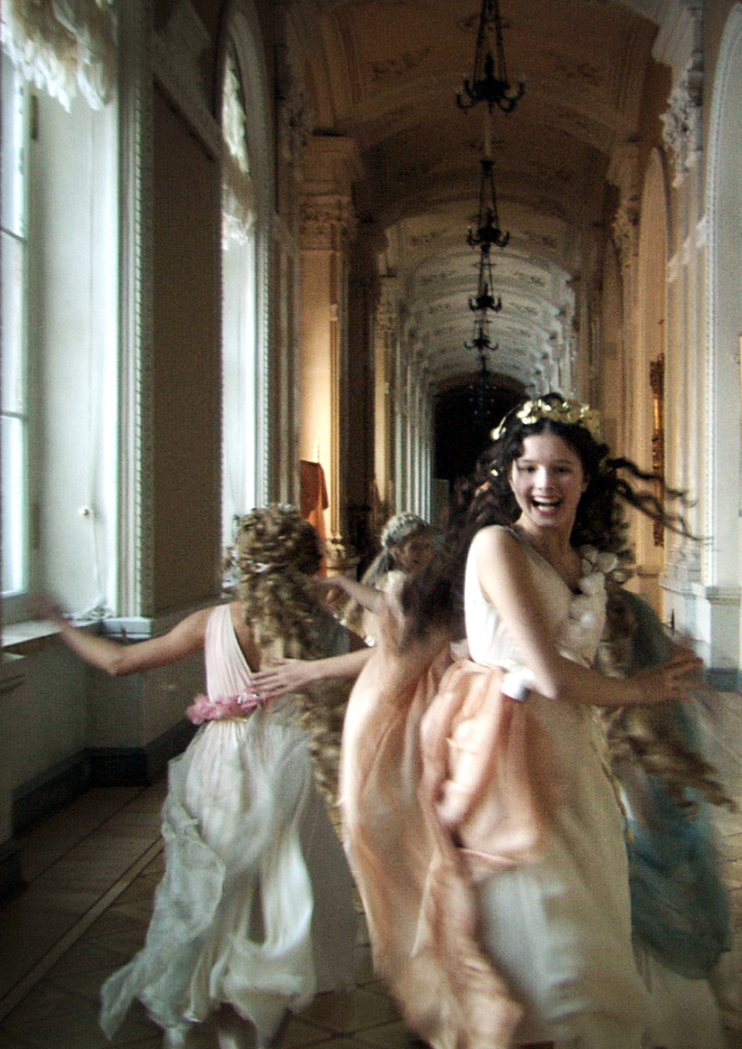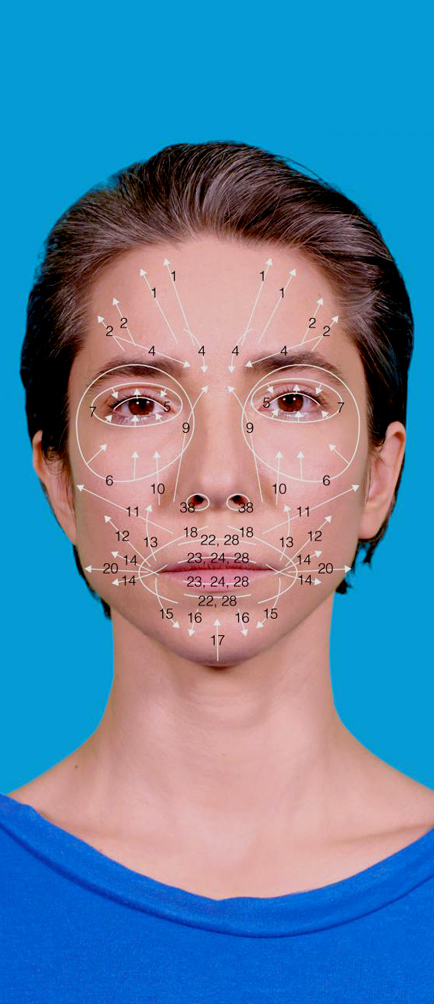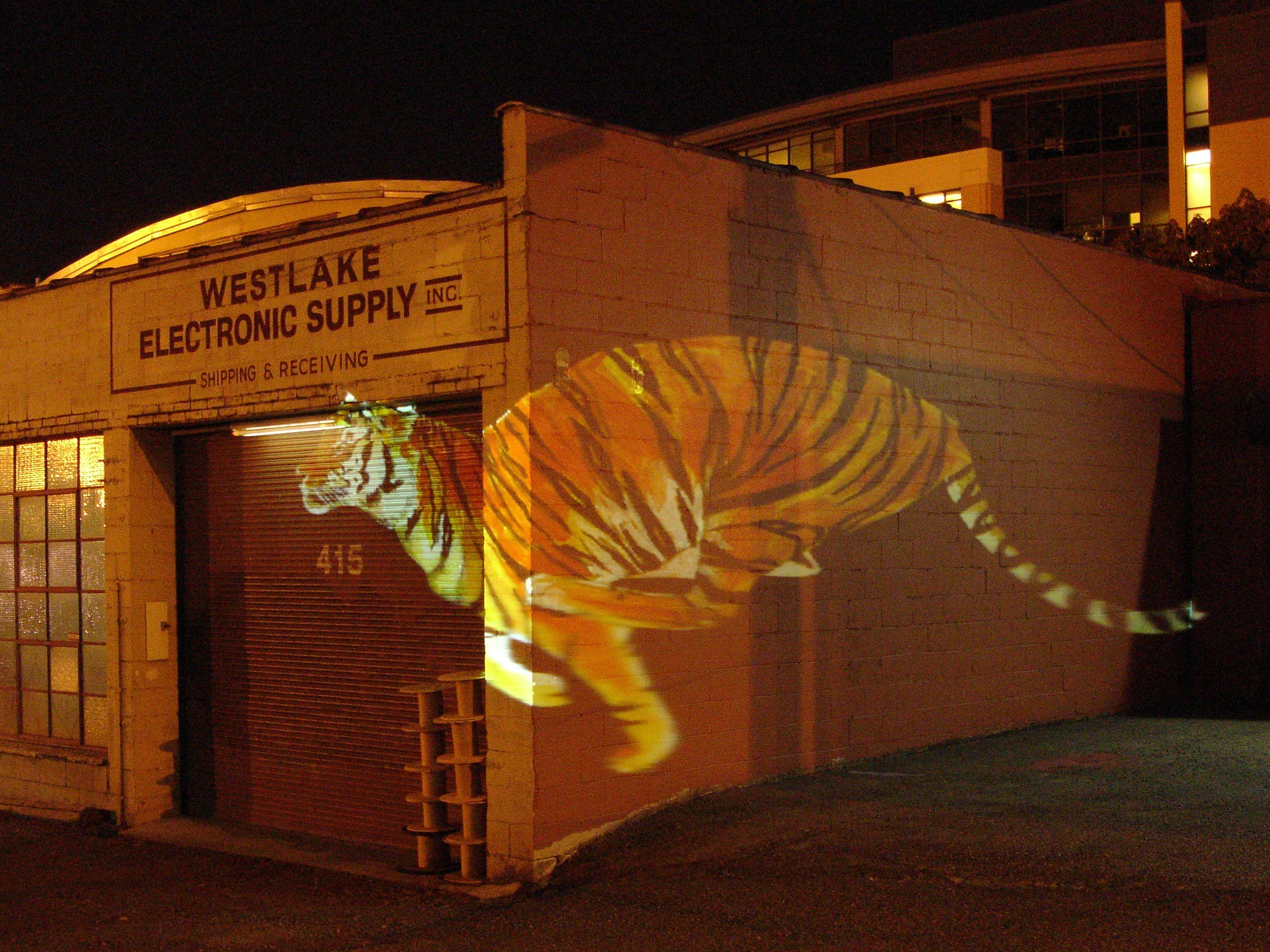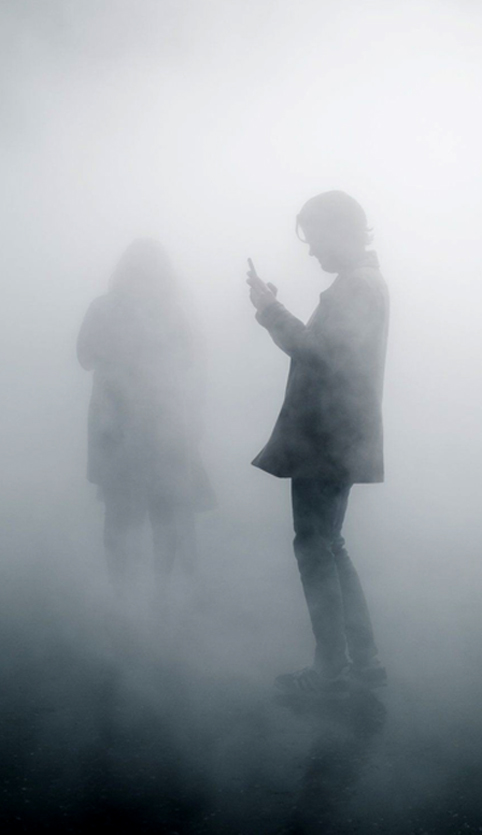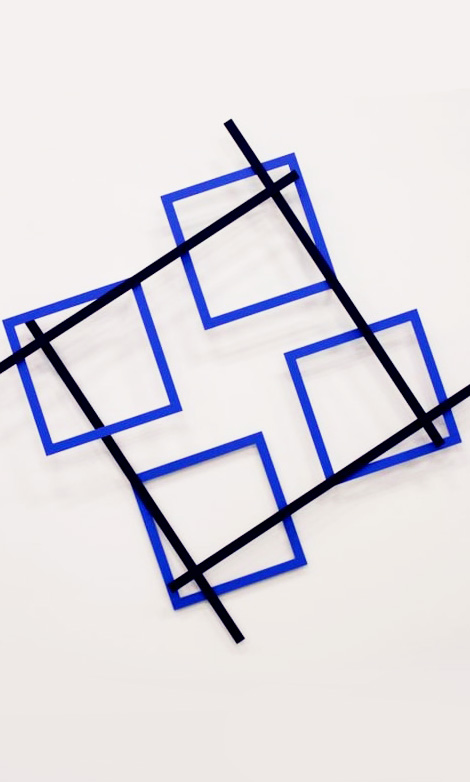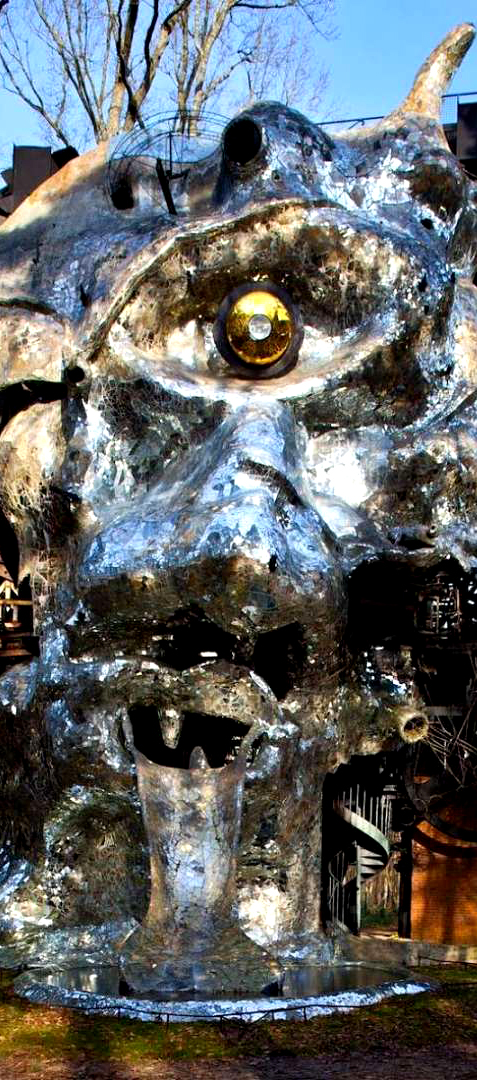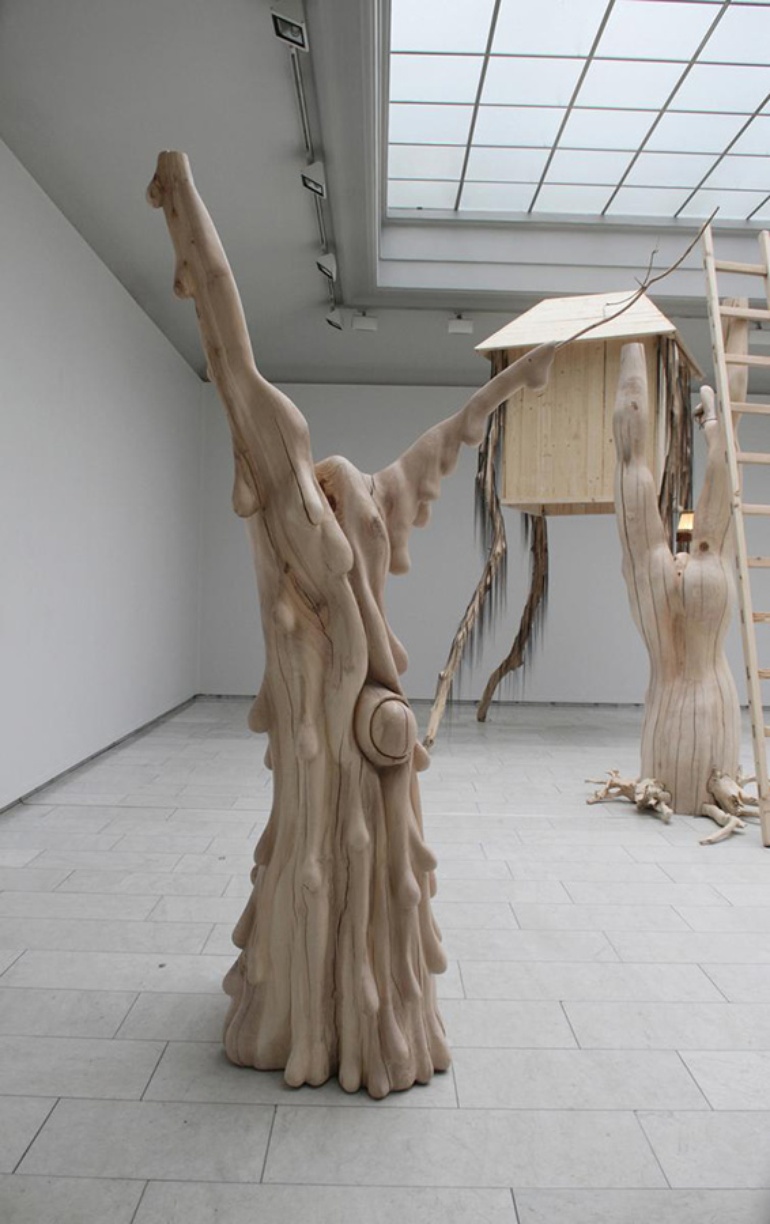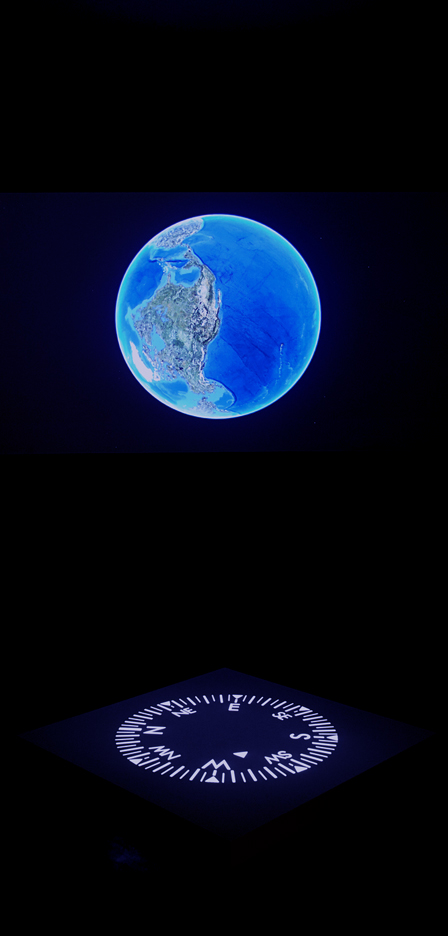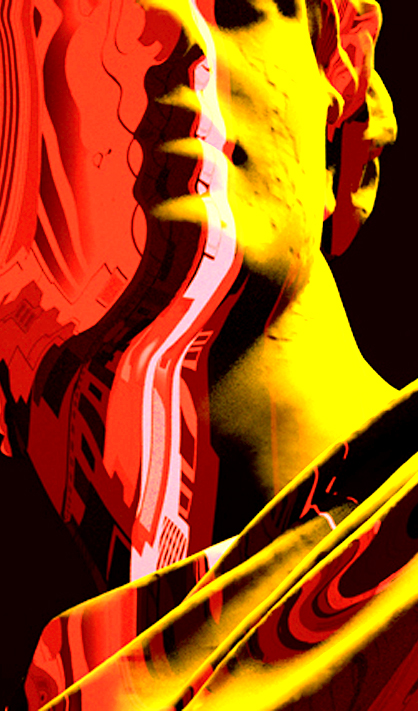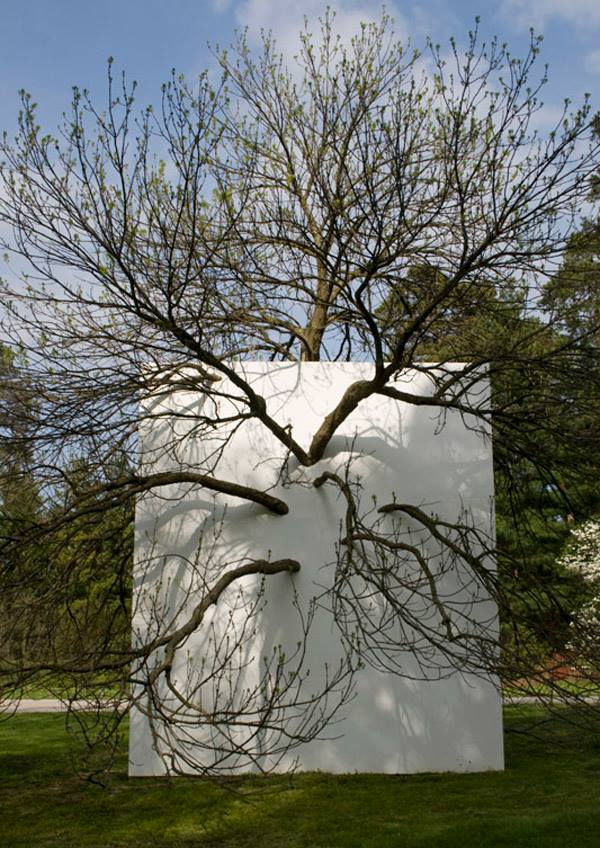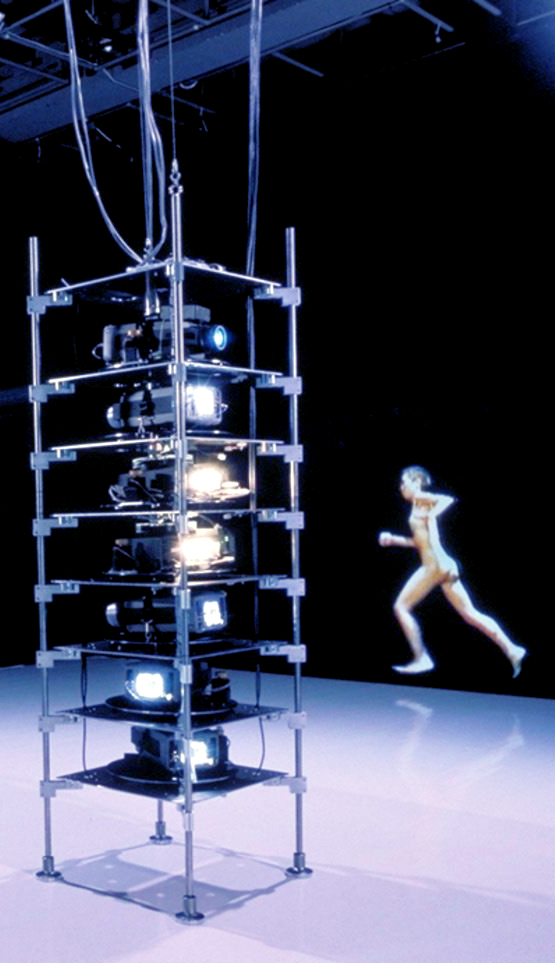Ich arbeite mit mehreren verschiedenen Medien, normalerweise mehr oder weniger gleichzeitig. Skulptur, Installation, Video- / Filmarbeiten und Holzschnitte. Der Ausgangspunkt für meine Arbeit ist immer die persönliche Erfahrung und das tatsächliche physische Material, mit dem ich arbeite. Ein wiederkehrendes Thema ist der Wunsch nach Kontrolle und das Interesse an den Situationen, in denen es zusammenbricht. Das „Aufrechterhalten des Aussehens um jeden Preis“, die tatsächlichen Kosten dafür und die Momente oder Situationen, in denen die Kontrolle verloren geht und das Chaos unter den Oberflächen. Dahinter liegt die Angst vor dem Scheitern und der anschließende Fall in einen undefinierten Abgrund. Für mich ist das nicht nur ein psychologischer oder existenzieller Zustand, sondern ebenso ein politischer Zustand. Die Skulpturen beziehen sich auf ähnliche Ideen rund um Kontrolle / Chaos, Oberfläche / was darunter liegt, lebendig / tot usw. Aber es geht auch darum, etwas wiederzugewinnen. Für mich sind sie Versuche, das Leben aus dem Reich der Toten zurückzubringen, wie animistische Anrufungen und ein Weg, eine zunehmend entmystifizierte Welt wieder zu verzaubern. data-text=”Ich arbeite mit mehreren verschiedenen Medien, normalerweise mehr oder weniger gleichzeitig. Skulptur, Installation, Video- / Filmarbeiten und Holzschnitte. Der Ausgangspunkt für meine Arbeit ist immer die persönliche Erfahrung und das tatsächliche physische Material, mit dem ich arbeite. Ein wiederkehrendes Thema ist der Wunsch nach Kontrolle und das Interesse an den Situationen, in denen es zusammenbricht. Das „Aufrechterhalten des Aussehens um jeden Preis“, die tatsächlichen Kosten dafür und die Momente oder Situationen, in denen die Kontrolle verloren geht und das Chaos unter den Oberflächen. Dahinter liegt die Angst vor dem Scheitern und der anschließende Fall in einen undefinierten Abgrund. Für mich ist das nicht nur ein psychologischer oder existenzieller Zustand, sondern ebenso ein politischer Zustand. Die Skulpturen beziehen sich auf ähnliche Ideen rund um Kontrolle / Chaos, Oberfläche / was darunter liegt, lebendig / tot usw. Aber es geht auch darum, etwas wiederzugewinnen. Für mich sind sie Versuche, das Leben aus dem Reich der Toten zurückzubringen, wie animistische Anrufungen und ein Weg, eine zunehmend entmystifizierte Welt wieder zu verzaubern.” Ich arbeite mit mehreren verschiedenen Medien, normalerweise mehr oder weniger gleichzeitig. Skulptur, Installation, Video- / Filmarbeiten und Holzschnitte. Der Ausgangspunkt für meine Arbeit ist immer die persönliche Erfahrung und das tatsächliche physische Material, mit dem ich arbeite. Ein wiederkehrendes Thema ist der Wunsch nach Kontrolle und das Interesse an den Situationen, in denen es zusammenbricht. Das „Aufrechterhalten des Aussehens um jeden Preis“, die tatsächlichen Kosten dafür und die Momente oder Situationen, in denen die Kontrolle verloren geht und das Chaos unter den Oberflächen. Dahinter liegt die Angst vor dem Scheitern und der anschließende Fall in einen undefinierten Abgrund. Für mich ist das nicht nur ein psychologischer oder existenzieller Zustand, sondern ebenso ein politischer Zustand. Die Skulpturen beziehen sich auf ähnliche Ideen rund um Kontrolle / Chaos, Oberfläche / was darunter liegt, lebendig / tot usw. Aber es geht auch darum, etwas wiederzugewinnen. Für mich sind sie Versuche, das Leben aus dem Reich der Toten zurückzubringen, wie animistische Anrufungen und ein Weg, eine zunehmend entmystifizierte Welt wieder zu verzaubern.”



